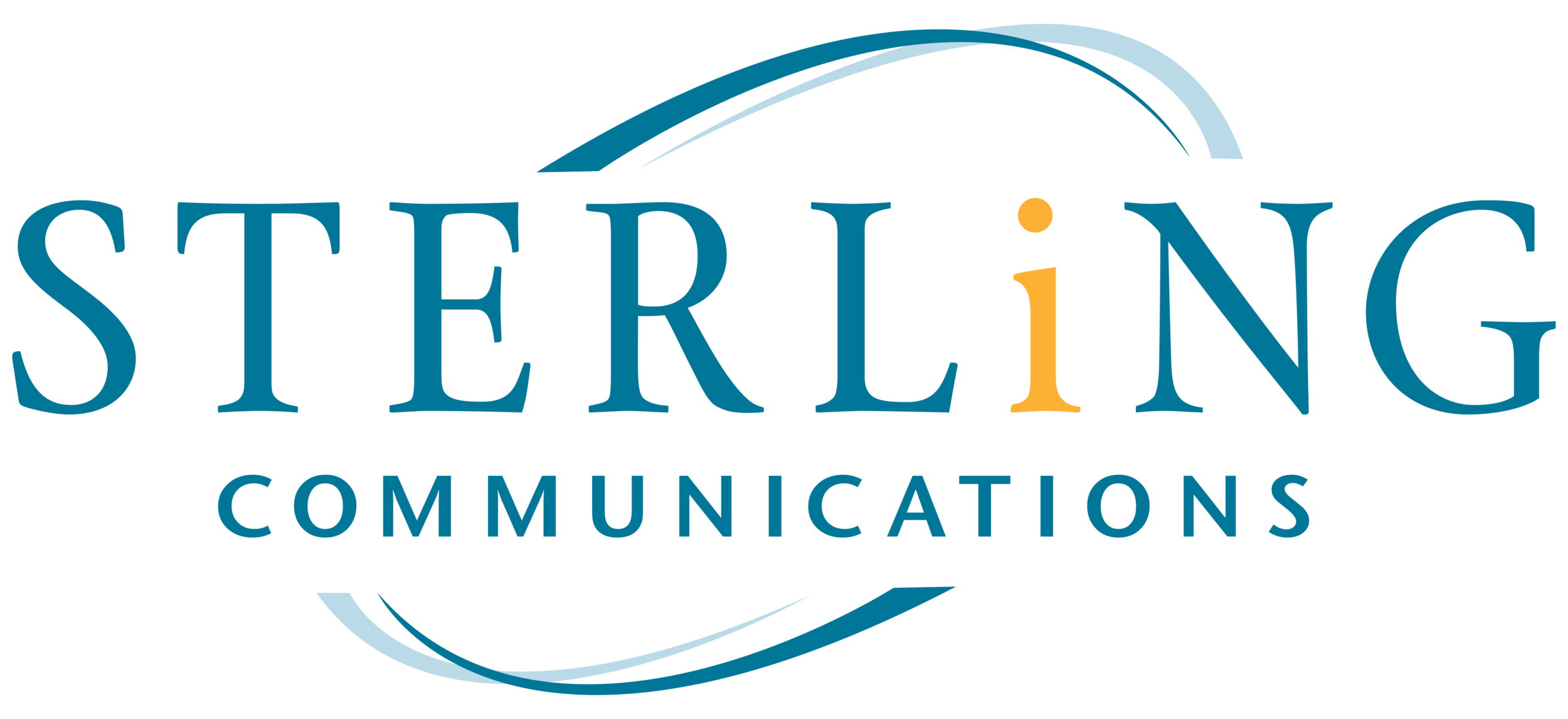E
E-commerce (electronic commerce)
The purchasing of goods and services over the Internet.
E-mail (electronic mail)
A communication system that allows you to send text, files and/or graphical messages over the Internet.
E-mail Autoresponders/Lists
An autoresponder will send a standard response e-mail message (based on a text file you specify) to anyone who sends an e-mail to a specific e-mail address (which you specify) at your domain.
E-mail Hosting
Instead of having a server at your company location, your ISP can host your email for you using their server.
Encryption
The translation of data into a secret code. Encryption is the most effective way to achieve data security. To read an encrypted file, you must have access to a secret key or password that enables you to decrypt it. Unencrypted data is called plain text; encrypted data is referred to as cipher text. Most e-commerce software applications utilize encryption technology.
Ethernet
A local-area network (LAN) protocol developed by Xerox Corporation in cooperation with DEC and Intel in 1976. Ethernet uses a bus or star topology and supports data transfer rates of 10 Mbps. It is one of the most widely implemented LAN standards. A newer version of Ethernet, called 100Base-T (or Fast Ethernet), supports data transfer rates of 100 Mbps. And the newest version, Gigabit Ethernet supports data rates of 1 gigabit (1,000 megabits) per second.
Extranet
An extranet is a private network that uses Internet protocols and public telecommunications lines. An extranet can be viewed as part of a company's intranet that is extended to users outside the company. The main purpose of an extranet is to share information with individuals or groups outside a company, such as suppliers, customers and partners.
